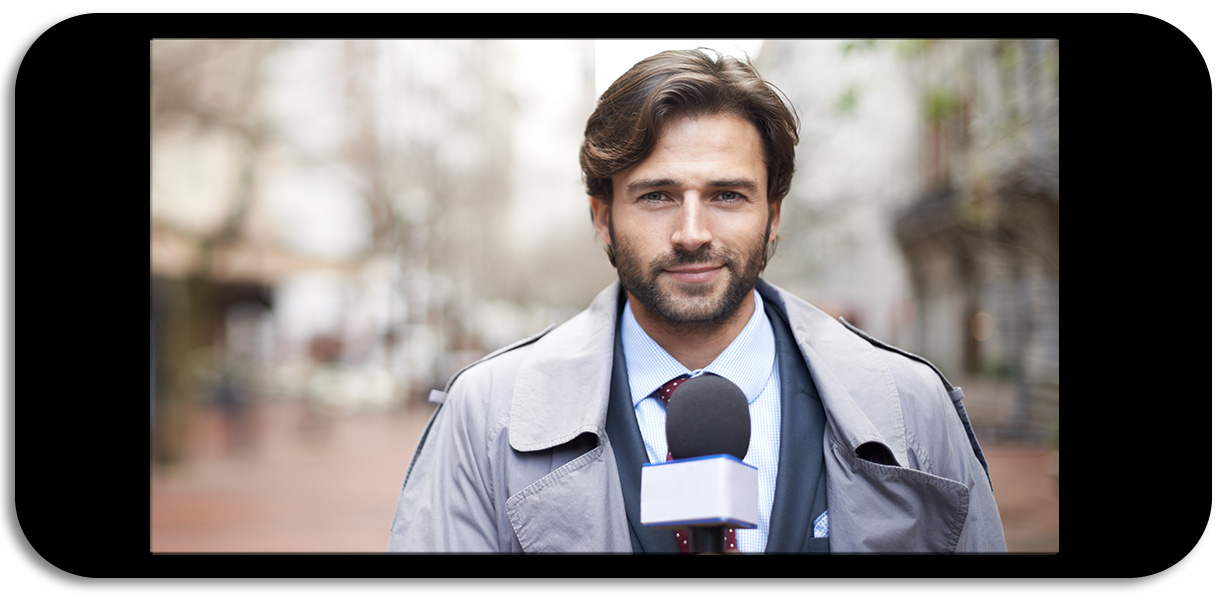- Home
- Products
- Wireless Audio Interfaces
- BlueDriver-F3
BlueDriver-F3
Wireless Audio Interface- 3-pin Female XLR Input
- HD Voice (Wide-Band Speech)*
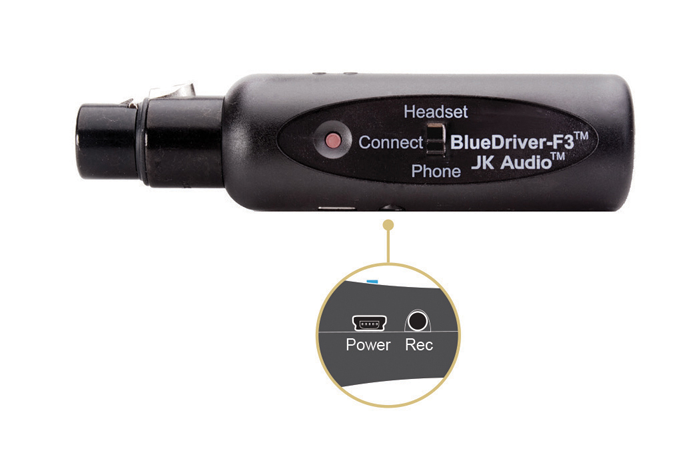
Mic or Mixer output to your Bluetooth Device.
Pair to your Bluetooth enabled phone, headset, or speaker to route audio through your Bluetooth device. New to BlueDriver-F3, the 3.5 mm stereo output jack is now a headphone output jack, allowing you to monitor the return signal from your Bluetooth device over wired ear buds or headphones.
Product Details
| Features | D3 | F3 | M3 |
| HD Voice Compatible (7 kHz Wide-Band Speech) | |||
| 3-pin Female XLR Input | |||
| 3-pin Male XLR Output | |||
| 3.5 mm Input | |||
| 3.5 mm Output | |||
| 3.5mm Earpiece/Headphone Output | |||
| Trim Pot Adjusts Mic Level | |||
| Headset/Phone Switch | |||
| Mini USB Power Jack | |||
| >18 Hours on one 9-volt Alkaline Battery | |||
| >6 hours on Internal Li-Ion Battery | |||
| Made in America | |||
| Approved for Sale in Europe and Australia |
| Featured Products | |
| D3 | Daptor Three |
| F3 | BlueDriver-F3 |
| M3 | BlueDriver-M3 |
Headset Mode vs. Phone Mode
A switch selects between connection to a Bluetooth headset or speaker, or to a phone.
Pair BlueDriver-F3 to your Bluetooth headset or speaker. BlueDriver-F3 functions like a phone to send and receive audio from a Bluetooth wireless headset, or transmit audio to a Bluetooth wireless speaker.
Pair BlueDriver-F3 to your phone to capture wireless Audio-for-Video, make a live call into the station, or bring caller audio into your live event or podcast.
Phone Mode
Wireless Audio for Smartphone Video
secure connection
Range
no lip-sync delay
BlueDriver-F3 along with a professional video camera app, lets you record broadcast worthy interviews while placing the mic in the subjects hand for improved audio quality.
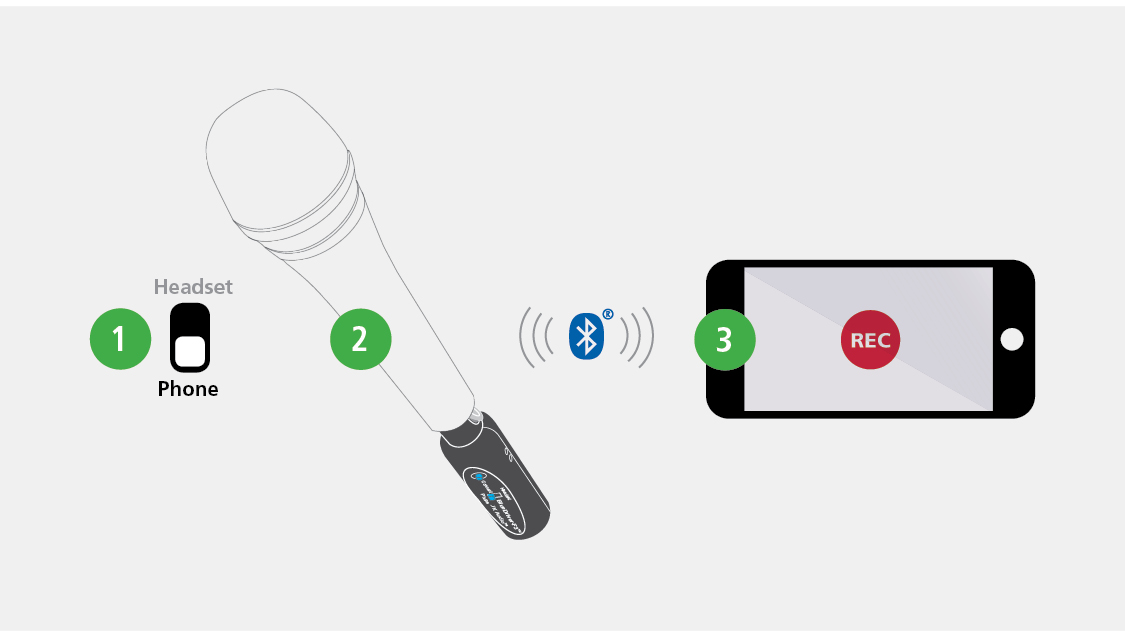
- While BlueDriver is off, set the Role Select Switch to <Phone>.
- Plug BlueDriver-F3 into the bottom of a dynamic microphone.
- Pair to a cell phone. Enable the Bluetooth-Mic input in the in-app settings and start recording.
Note:Your built-in camera app may not currently support a Bluetooth microphone. Visit www.jkaudio.com/audio-for-video for a list of compatible apps for iOS and Android devices.
Live Man-On-The-Street Interviews
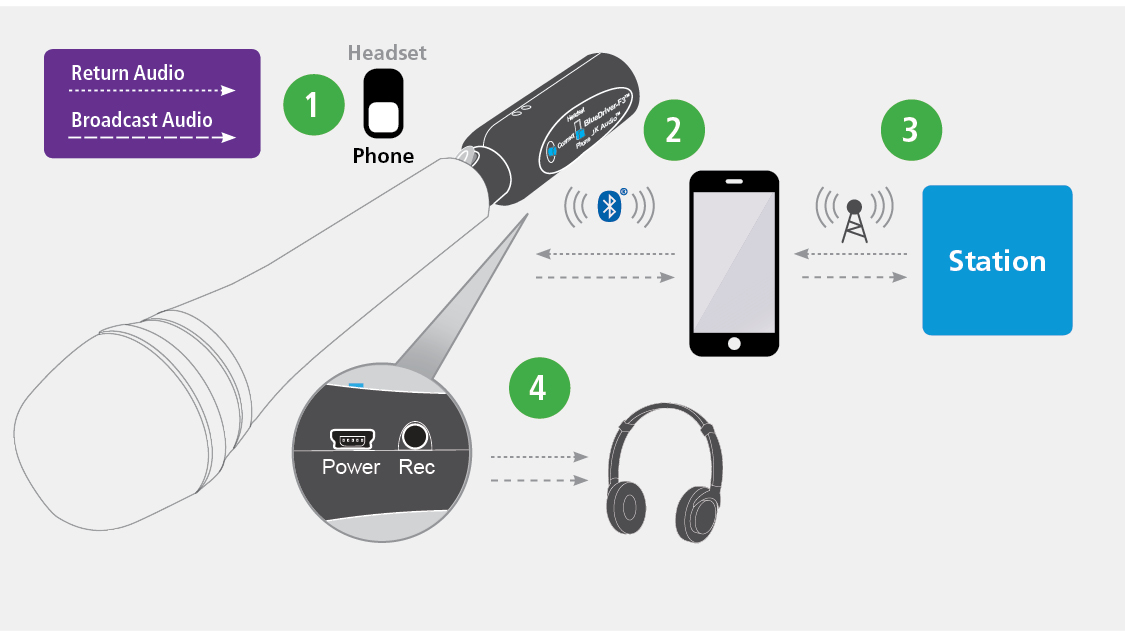
- While BlueDriver is off, set the Role Select Switch to <Phone>.
- Plug BlueDriver-F3 into the bottom of a dynamic microphone and pair to a cell phone.
- This setup allows voice band, bi-directional audio to and from your cell phone.
- Place or take a call.
- Dial into the station for live remote broadcast.
- The <Rec> headphone output contains the audio received from your Bluetooth device. This audio is suitable for a live phone call back to the radio station or monitoring audio/ video playback.
Backup Audio Path for Remote Broadcasts
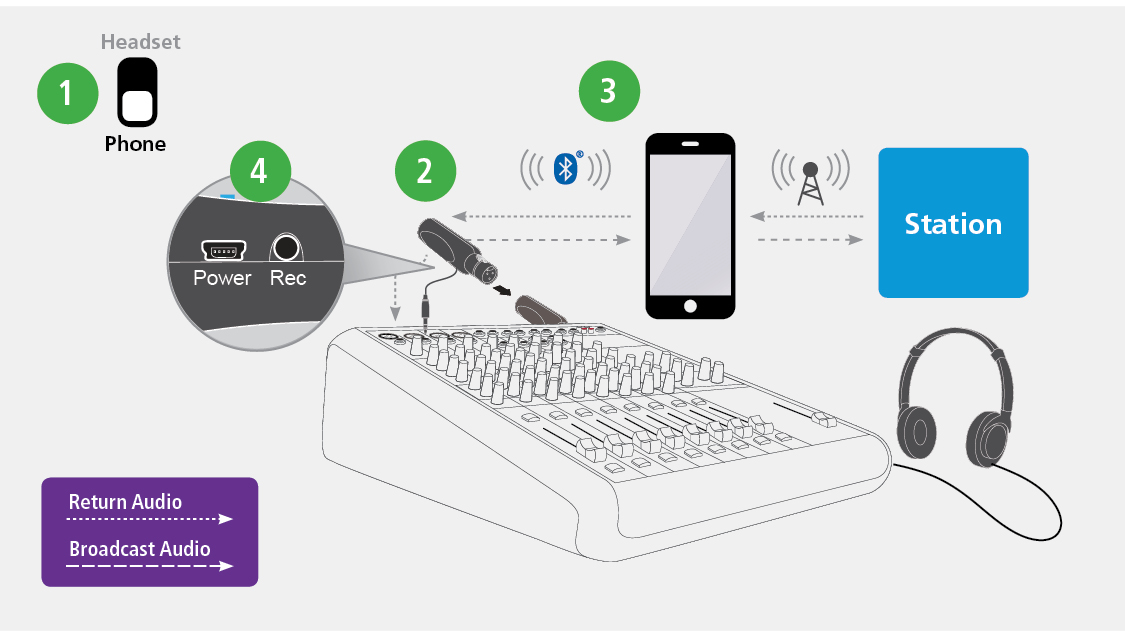
You may have the finest IP CODEC available, but if the internet goes down, there goes the remote.
- While BlueDriver is off, set the Role Select Switch to <Phone>.
- Simply plug BlueDriver-F3 into the master audio output of your mixer or CODEC.
- Pair to your cell phone which is dialed into the station. This setup allows voice band audio, through your cell phone, back to the station.
- The mini cable provided with your BlueDriver allows you to connect the <Rec> output from the BlueDriver-F3 to an unbalanced mono or stereo input to allow for monitoring the return audio from the station.
Headset Mode
Transmit Bluetooth A2DP Audio
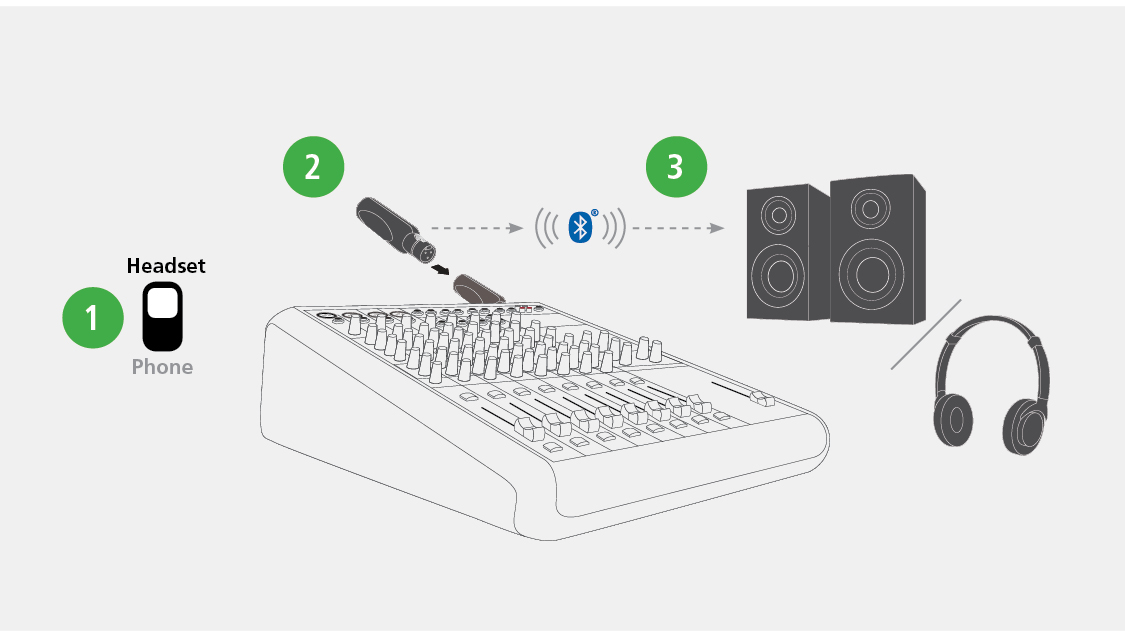
The “Headset” mode of BlueDriver-F3 connects to Bluetooth headphones or wireless speakers, and provides full 20 kHz audio bandwidth A2DP audio.
- While BlueDriver is off, set the Role Select Switch to <Headset>.
- Simply plug BlueDriver-F3 into the audio output of your mixer or playback system, Pair to your headphones or speaker.
Specs
| Tech Reports | |
| HD Voice Primer | |
| Wireless Phone Compatibility | |
| About Bluetooth Wireless Technology | |
| Downloads | |
| Datasheet (309 kb) | |
| User Guide (457 kb) | |
| Connect Applications (388 kb) | |
| Specifications | ||
| Input | 3-pin Female XLR | |
| Impedance | 1k ohms | |
| Level | -34 dBu nom. | |
| Output | 1/8" (3.5mm) Stereo | |
| Impedance | 16 ohms | |
| Level | 35 mW (750 mVRMS) | |
| Bluetooth Wireless Technology | ||
| Standard | 3.0 | |
| Frequency Response | Hands-Free (Full Duplex): 300 Hz– 3.4 kHz Hands-Free (Full Duplex HD): 50 Hz– 7 kHz A2DP (Master » Headset): 30 Hz– 17 kHz |
|
| End-to-End Latency | Audio-for-Video or Audio Recording: 25 ms using HD Voice Profile. Streaming Full Bandwidth Audio: 150 ms using Bluetooth A2DP Profile. |
|
| Range | 66 ft (20 m) | |
| Misc. | ||
| Connector | Mini-USB Series B | |
| Battery | (250 mAh) Internal Lithium-Ion Polymer Rechargeable | |
| Size | 1.1” x 4.4” (2.8 cm x 11.2 cm) | |
| Weight | 2.1 oz. (60 g) | |
*Wireless HD Calls: To take advantage of this extended bandwidth, both phones on the call must support HD Voice, and both phones must be on the same carrier, in coverage areas that support HD Voice.
Contact us at 1-815-786-2929
Privacy Policy

